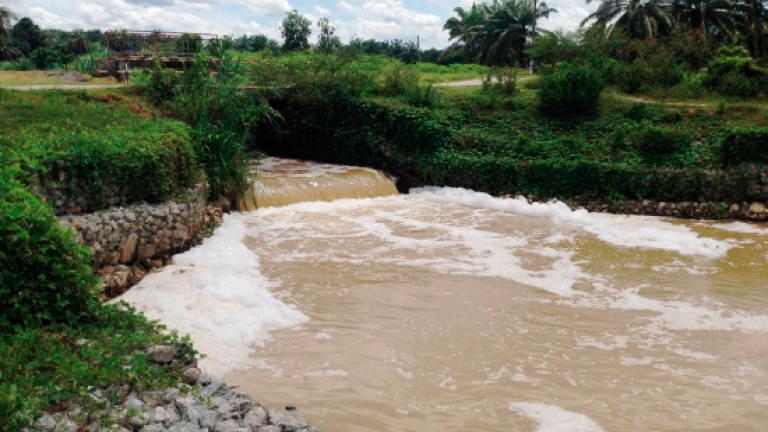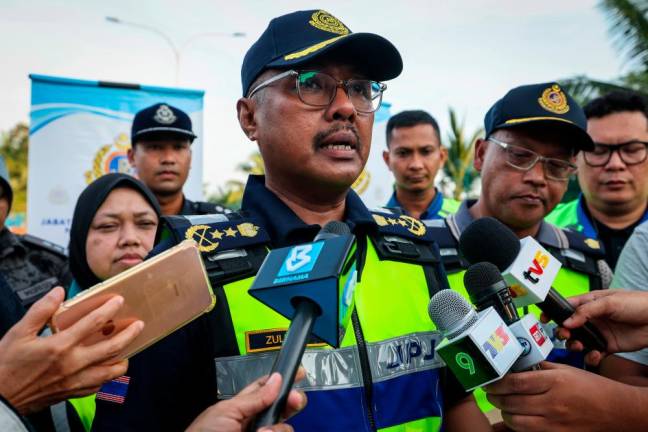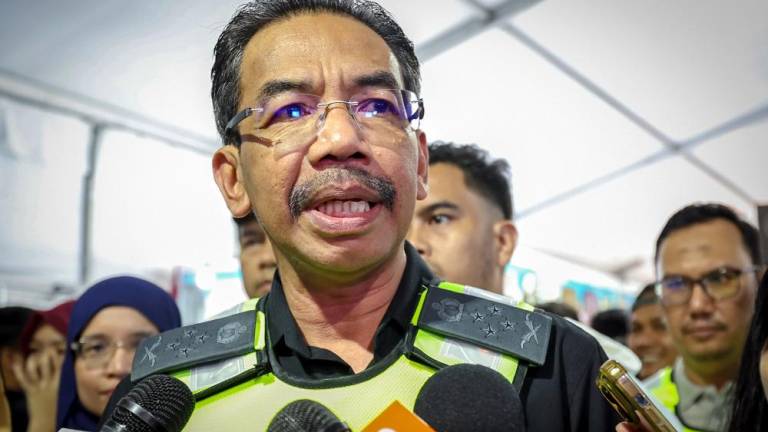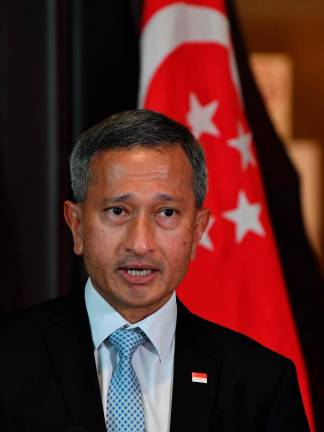By INDRIANI RAMACHANDRAN
ABOUT 34,000 households in Kedah were affected by water disruption on Nov 12, 2020. The incident did not receive as much media coverage as those in the Klang Valley, which affected millions of households and businesses.
If we don’t address the root causes frequent water disruption could become a national problem. More often than not, river pollution is the cause.
As we continue to face the Covid-19 pandemic, water is now more important than ever.
To address the root of the problem and overcome the issue once and for all, holistic solutions need to be implemented.
The Selangor state government’s decision to increase maximum penalties to RM1 million is indeed encouraging news.
However, the RM1 million fine is too low considering the huge losses faced by thousands of businesses and hardships faced by millions of users.
The Department of Environment (DoE) is also reviewing to strengthen the Environment Quality Act 1974 by seeking to increase the penalties for offences nationwide.
WWF-Malaysia supports this and has submitted recommendations proposing severe penalties to deter repeat offenders from committing environmental crimes.
The question is: Will the reactive measure of increasing penalties alone be able to put an end to this persistent problem? We believe not, for the problem is more pervasive.
Malaysia’s water supply comes from surface water; particularly rivers.
Water treatment plants abstract water directly from the rivers and treat it by removing harmful pollutants.
If the level of pollution exceeds a water treatment plant’s threshold, it will have to be shut down to safeguard consumers, resulting in water disruptions.
The source of water pollution originates from a wide variety of activities and businesses.
It comes from restaurants, stalls, workshops, farms, plantations, mining, land clearing activities and even homes. Pollutants discharged into the rivers by illegal industries or activities, and accidental spills exacerbate river pollution.
Increasing penalties seeks to deter pollution incidents into rivers from happening, but this is only one part of a much wider suite of solutions which includes protecting the integrity of our rivers and taking their assimilative capacity into consideration.
As rivers flow from upstream to downstream, various stretches along the rivers serve different beneficial uses.
The prevention of water treatment plant shutdowns is dependent on what activities are allowed upstream of water intake points.
The key to solving this problem is regulating land uses and limiting cumulative discharges along a river.
River Assimilative Capacity
Water quality expert, Ir. Dr Zaki Zainuddin, often reminds us that rivers have a limited capacity to dilute pollutants that flow into them.
Our current law allows industries to discharge wastes into waterways in accordance to prescribed standards.
However, the law does not take into account the assimilative capacity of the rivers, which is determined by the flow of a river.
Basically, a small river has fewer flows to dilute incoming discharges and would therefore have lesser assimilative capacity when compared with a large river.
The baseline on measuring how much pollutant is allowed into a river, in accordance to its assimilative capacity to accept pollutants, is known as total maximum daily load (TMDL).
In short, without considering TMDL, and by mere adherence to legal standards, there will come a time when rivers can no longer dilute the cumulative pollution load.
The result is, the pollutant loads exceed the water treatment plants’ threshold, resulting in its shutdown.
Land use planning and integrated river basin management (IRBM)
In preventing river pollution, especially upstream of the water intake points, land use planning guided by a resource management tool such as IRBM plays a crucial role.
The IRBM plans must be adopted, implemented and enforced by the authorities.
Among the reasons why IRBM could not be successfully implemented are:
(a) lack of collaborative efforts among various stakeholders;
(b) inadequate management capacity; and,
(c) financial and legislative constraints.
The rakyat must make it an issue of importance to their livelihood and call on decision-makers to allocate adequate budget and remove constraints that inhibit its implementation.
Under the Federal Constitution that underpins the formation of Malaysia, lands and rivers come under the jurisdiction of state governments.
As such, state governments must play a crucial role in preventing pollution above water intake points, including carefully considering approval of projects upstream of water intake points.
Establish and empower water resources management authorities at the State level
To illustrate the power of the state and hence its responsibility, Selangor has its own water resources management authority, Lembaga Urus Air Selangor (Luas).
The Selangor Waters Management Authority Enactment 1999 confers Luas vast powers to protect water resources, prohibit or limit discharges into state rivers and implement management plans to conserve water resources.
In effect, Luas holds the regulating power to impose stricter conditions and standards for effluents discharged into rivers.
For that, WWF-Malaysia calls on the people of Malaysia to support the Selangor state’s proposal to impose “zero discharge” conditions to industries, as well as imposing moratoriums on new projects that discharge polluting effluents and runoff into the rivers upstream of water intake points.
This should be practised until the rivers’ assimilative capacity to accept pollutants (TMDL) is determined, then subsequently implemented, not just for Selangor, but also for the other rivers in the country.
In the 12th Malaysia Plan TMDL studies are planned for a number of rivers, which is commendable, but there is an urgent need to expedite them.
Water resources management authorities can play a crucial role in safeguarding our water resources, including the implementation of TMDL studies.
Thus, we call on state governments without such authorities to establish and empower water resources management authorities similar to Luas.
Regulate illegal and harmful polluting activities
Apart from that, the local authorities should also enhance its efforts to identify illegal industries that operate upstream of water intake points, especially those known for activities that could potentially pollute our water resources.
Firm action must be taken against them, including shutting their businesses down immediately.
Legalising illegal industries through Program Pemutihan, which was carried out in the past, is never a sound solution to river pollution.
In fact, it may even encourage more illegal industries to sprout in the hope that illegal industries will eventually be legalised through such programmes.
Strengthen enforcement in managing water resources
Enforcement also needs to be increased not just by the DoE but also by the state and local authorities.
Water resources management authorities similar to Luas can be granted sufficient powers to protect and manage water resources sustainably as well as act on pollution cases. We are blessed with abundant surface waters in our rivers.
What we need to do is be committed in adopting proactive and bold steps to prevent pollution of our rivers and protect our forested water catchments in order to secure our water needs.
Neither we nor the economy can survive without water. Our health and economy depend greatly on how well we protect and manage our forests and rivers.
Prevention is the key here, and in this case, safeguarding our water resources is definitely seen as a more cost-effective approach than suffering losses due to water disruptions.
Indriani Ramachandran is senior manager of communications at WWF-Malaysia. Comments: letters@thesundaily.com













